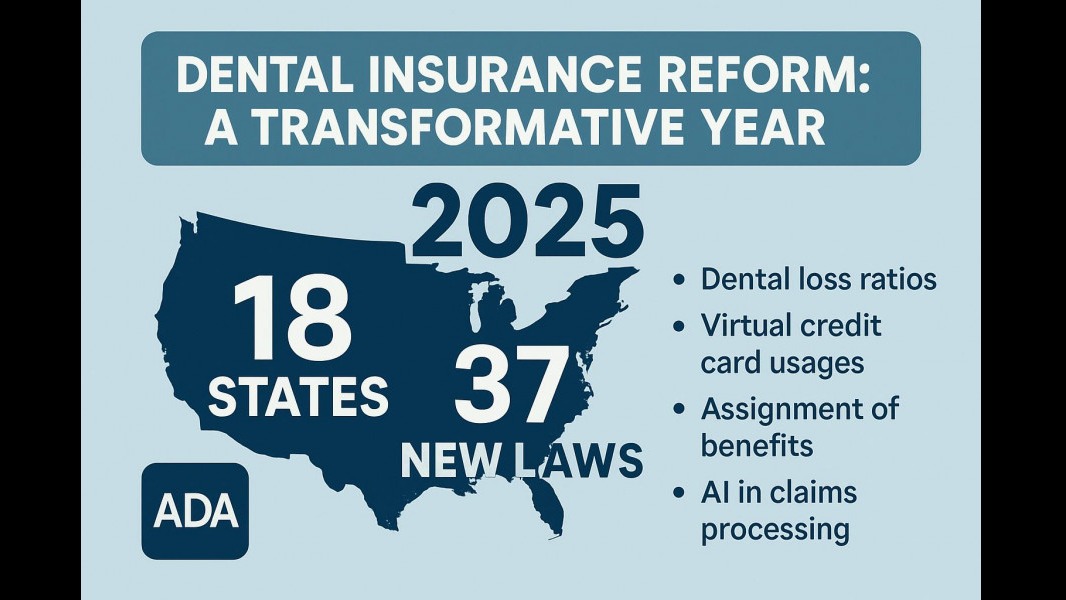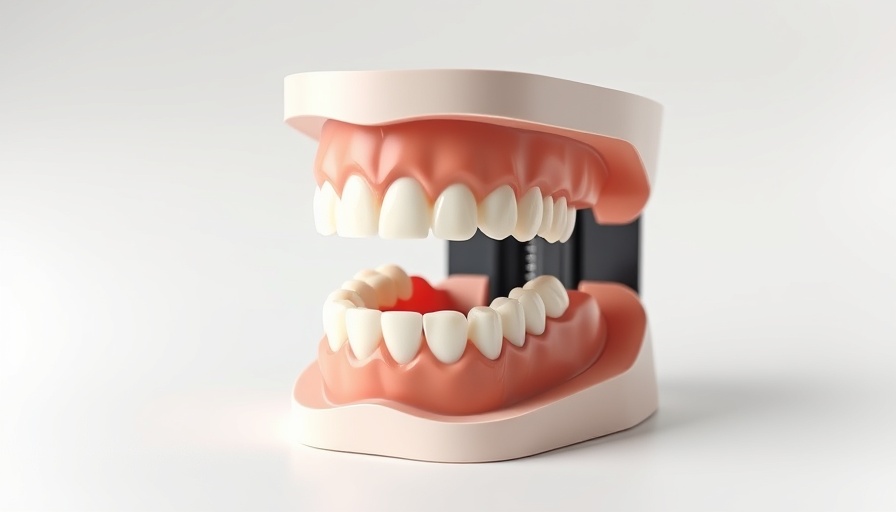
The Vital Role of Digital Tools in All-on-X Procedures
Digital dentistry has revolutionized the landscape of dental implants, particularly in All-on-X procedures. However, the effectiveness of novel technologies like photogrammetry-enabled scanners and CAD workflow systems hinges not on their presence but on the user's mastery of them. Practices that merely invest in advanced digital tools without understanding their limitations might find these innovations less effective than anticipated. A well-integrated workflow that harmonizes digital tools with clinical expertise is imperative for optimal outcomes. This requires ongoing training and a mindset shift—moving from viewing technology as a magic cure-all to seeing it as part of a broader strategic approach to patient care.
Patient Selection: The Most Crucial Step Toward Success
One of the most revelatory insights from recent research is the undeniable link between patient selection and the success of All-on-X treatments. It's not merely about anatomical suitability; behavioral and psychological factors are equally significant. For instance, a patient prone to neglecting oral hygiene or who frequently misses dental appointments can pose serious risks for long-term success. As highlighted in Dr. Ahmad Al-Hassiny's recent findings, a clear understanding of patient history and compliance is essential. Those with a track record of neglect must be advised against pursuing All-on-X if they are unable to commit to the required maintenance.
Understanding Structural Constraints Forges Better Outcomes
Beyond patient history, crucial structural factors must be considered before proceeding with All-on-X procedures. Key measurements such as the anterior-posterior (A-P) spread and cantilever lengths play instrumental roles in determining the mechanical viability of any case. For example, an inadequate A-P spread may compromise the survivability of the prosthetic solution. Rigorous assessment of these parameters can preemptively identify cases where complications may arise, facilitating preemptive interventions.
The Comprehensive Planning Process: A Necessity
The planning phase in All-on-X treatments cannot be overstated. A comprehensive examination—coupled with advanced imaging techniques such as cone-beam CT—allows for meticulous planning of implant placements tailored to each patient’s unique anatomy. Collaborating with oral surgeons and periodontists becomes vital to address potential challenges such as insufficient bone mass or periodontal health issues. Only through collective expertise can the best treatment protocols be established, thereby paving the way for improved long-term success rates.
Communicating Expectations: Setting the Right Tone with Patients
Clear communication with patients regarding treatment expectations is foundational in any dental procedure, but it is particularly paramount for All-on-X treatments due to their inherent complexities. Patients must be fully informed about what they can realistically expect from the treatment process—from healing durations to dietary adjustments. The nuanced discussions about potential post-operative discomfort, maintenance requirements, and the necessity of ongoing care play a significant role in ensuring that patients enter the treatment phase with realistic expectations. Thus, well-informed patients are better equipped to adhere to post-surgical care, ultimately promoting the longevity of their implants.
Looking Ahead: The Future of All-on-X Treatments
As digital technologies continue to evolve, we foresee a future where patient experiences in dental implant procedures are increasingly streamlined and successful. Innovations in treatment methodologies, patient follow-up protocols, and real-time monitoring are essential components of this evolution. For practitioners, the challenge will be to stay ahead of these changes, embracing new techniques while maintaining a steadfast focus on patient-centered care.
The All-on-X procedure is more than a trend; it is a testament to evolving dental practices aimed at improving patient quality of life. By emphasizing comprehensive planning, patient selection, and respectful communication, dental professionals can significantly improve their outcomes in All-on-X treatments. Understanding these critical components ensures that both the ethical practice of dentistry and the expectations of patients are met with precision and care.
 Add Row
Add Row  Add
Add 




Write A Comment